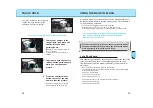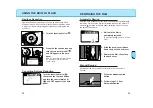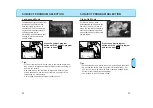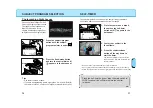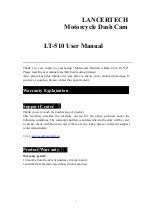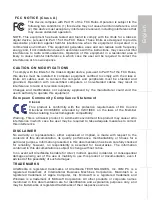
43
42
S-MODE – SHUTTER PRIORITY
2. Press the function button and
turn the control dial until S
appears in the data panel.
3. Turn the control dial to select
the shutter speed.
• The number 60, or 125, displayed in the
data panel stands for 1/60th or 1/125th of a
second.
• The seconds indicator appears in the
viewfinder and data panel if the shutter
speed is one second or longer.
In S-mode, you select the shutter speed and the camera
automatically sets the aperture required for proper exposure. Use
S-mode when you want to control the blur caused by subject
movement.
1. Turn the function dial to
.
If the aperture display in the data panel blinks, the required
setting is outside the aperture range of the lens. Turn the control
dial until the blinking stops.
A-MODE – APERTURE PRIORITY
The size of the aperture (lens opening) determines the depth-of-field
in the final image as well as the intensity of the light falling on the
film. Depth-of-field is the range in front of and behind the focus point
that appears sharp in the final image. In the viewfinder, only the
plane the camera is focused on will appear sharp. The photographed
image however, will have a depth-of-field corresponding to the
selected aperture.
Large apertures (small numbers) limit the depth-of-field to a narrow
range in front of and behind the point of focus. Set a larger aperture
when photographing portraits to make your subject stand out from
the background.
Small apertures (large numbers) provide greater depth-of-field. Set a
small aperture when photographing landscapes to ensure your entire
scene is sharp.
• Usable apertures will depend on the aperture range of the lens you are using.
Aperture Control
Large Aperture
(small f-number)
Small Aperture
(large f-number)






